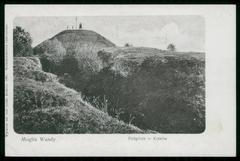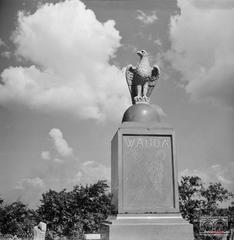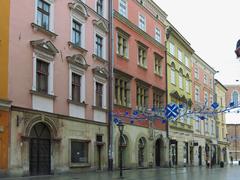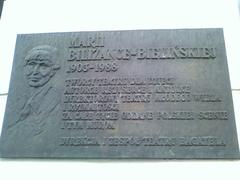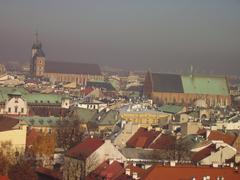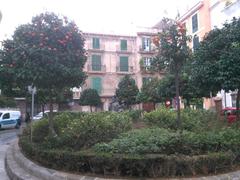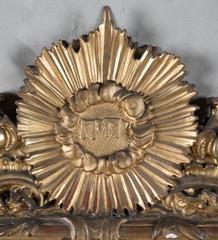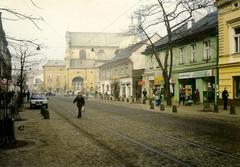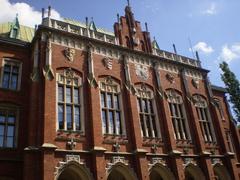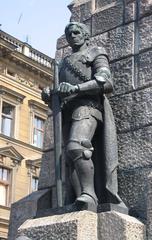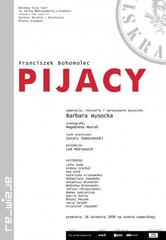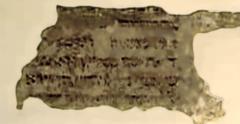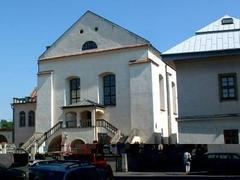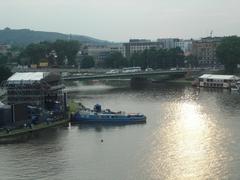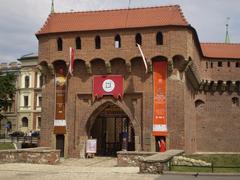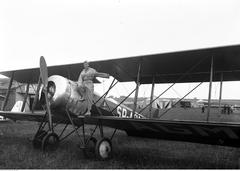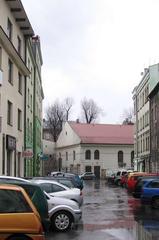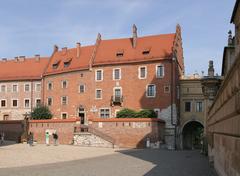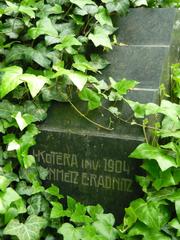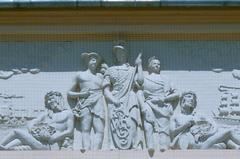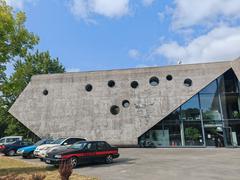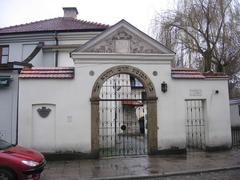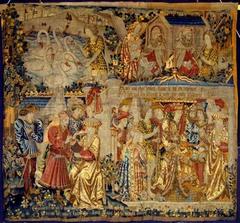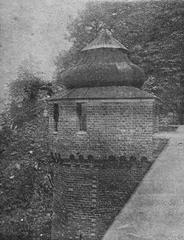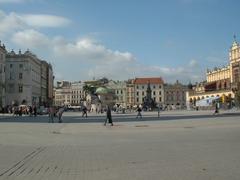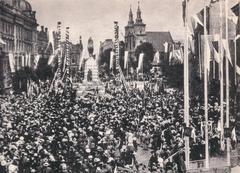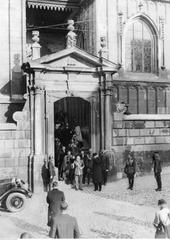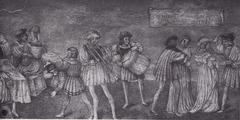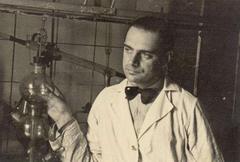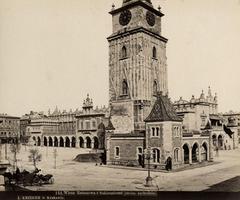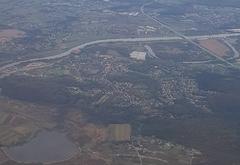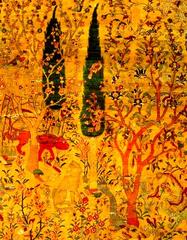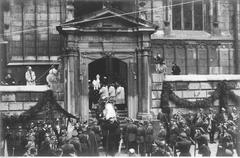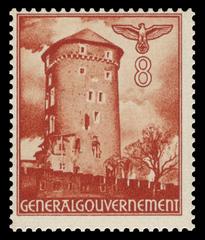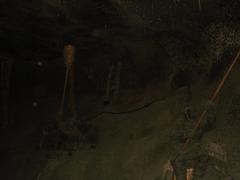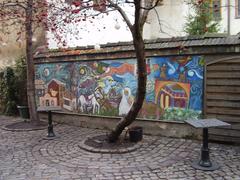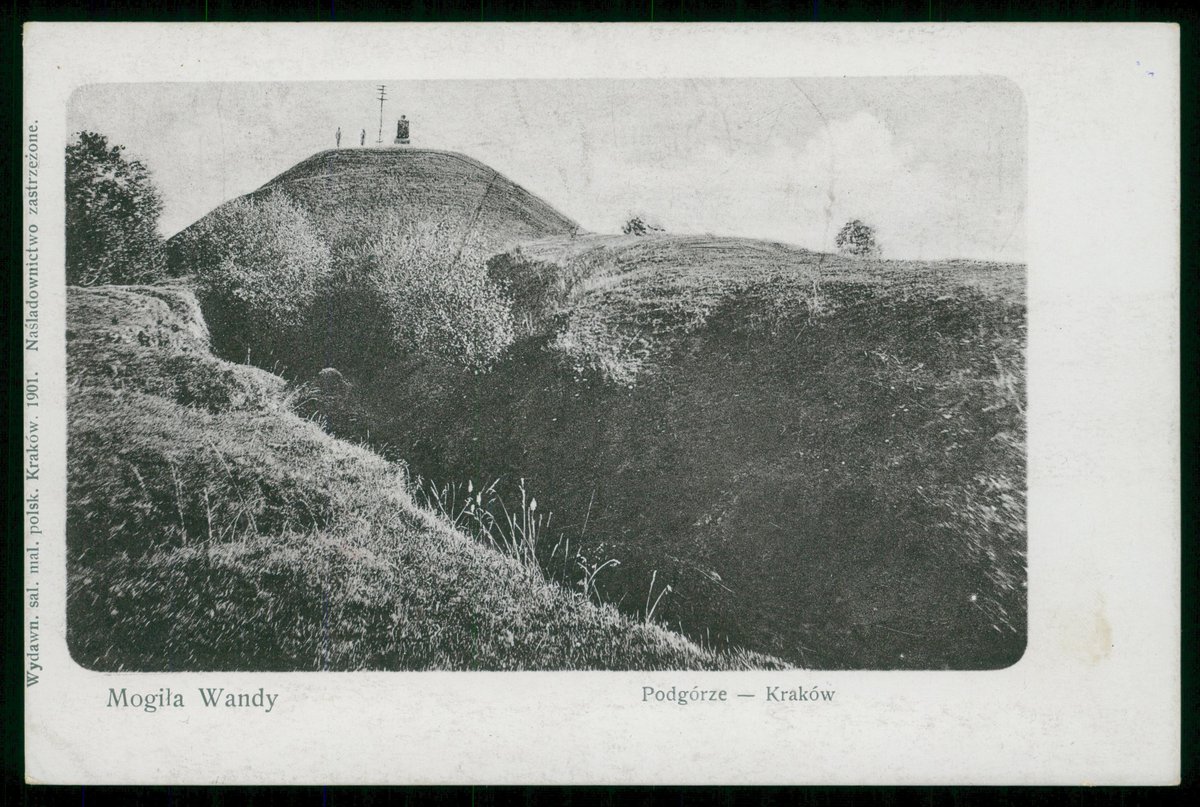
Visiting Wanda Mound: History, Tickets, and Tips
Publication Date: 19/07/2024
Introduction to Wanda Mound
Wanda Mound, or Kopiec Wandy, located in the Nowa Huta district of Kraków, Poland, blends historical significance with cultural lore. This ancient mound, dating back to the 7th or 8th century, is one of Kraków’s oldest man-made formations. Steeped in the legend of Princess Wanda, the daughter of Krakus—the mythical founder of Kraków—the mound is said to be her burial site. Princess Wanda is a symbol of bravery and patriotism, having sacrificed herself to protect her kingdom from an invading German prince (Polish Legends). Over the centuries, Wanda Mound has transformed from a mysterious archaeological site to a revered cultural and national symbol. Artifacts unearthed from the site, such as pottery and tools, have provided valuable insights into the early Slavic tribes that inhabited the region (Archaeological Research). Today, this site attracts history enthusiasts and casual travelers alike, offering a unique glimpse into Poland’s rich past and cultural heritage.
Contents Overview
- Introduction
- Historical Background
- Legend of Princess Wanda
- Archaeological Significance
- Cultural and National Symbolism
- Visiting Hours, Tickets, and Travel Tips
- Annual Celebrations and Events
- FAQ
- Conclusion
Historical Background
Wanda Mound stands approximately 14 meters high with a diameter of about 50 meters at its base. This ancient structure is one of the oldest man-made formations in the Kraków region.
Legend of Princess Wanda
According to Polish folklore, Princess Wanda was the daughter of Krakus, the legendary founder of Kraków. She chose to drown in the Vistula River to save her kingdom from a German prince’s invasion. The mound is believed to be her burial site and symbolizes her bravery and patriotism. This legend is deeply embedded in Polish culture, referenced in numerous literary works and historical accounts (Polish Legends).
Archaeological Significance
Wanda Mound is part of a series of ancient mounds in the Kraków region, including Krakus Mound. Archaeological excavations have uncovered artifacts like pottery and tools, shedding light on the lives of early Slavic tribes. The exact purpose of these mounds remains debated; theories range from burial sites to ceremonial markers (Archaeological Research).
Cultural and National Symbolism
Wanda Mound is more than a historical site; it is a symbol of Polish resilience and identity. The legend of Princess Wanda has inspired patriotism and unity, especially during national crises. The mound has hosted numerous nationalistic ceremonies and events, reinforcing its status as a cultural icon (National Symbolism).
Visiting Hours, Tickets, and Travel Tips
Wanda Mound is open to visitors year-round, with visiting hours typically from 9 AM to 6 PM. Entry is free, but guided tours may require a fee. Guided tours are available in multiple languages, including English and Polish, and can be booked in advance. Public transport options include buses and trams from Kraków’s city center. Nearby attractions include the Nowa Huta Museum and various parks. The site is accessible for differently-abled visitors.
Annual Celebrations and Events
Wanda Mound hosts various events throughout the year, particularly those celebrating Polish culture and history. Annual events like the Kraków Mounds Festival highlight the cultural and historical significance of the site.
FAQ
What are the best times to visit Wanda Mound? The best times to visit are during spring and autumn when the weather is mild and the site is less crowded.
Are there any special events at Wanda Mound? Yes, Wanda Mound hosts several annual events, including the Kraków Mounds Festival, which celebrates the historical and cultural significance of the mounds.
Is Wanda Mound accessible for visitors with disabilities? Yes, the site is accessible for differently-abled visitors.
Conclusion
Wanda Mound is a fascinating historical site that offers visitors a unique glimpse into Kraków’s rich past. By following the tips and guidelines provided in this guide, you can ensure a safe, enjoyable, and memorable visit. Don’t forget to check out the nearby attractions and immerse yourself in the local culture.
Summary and Final Thoughts
Wanda Mound in Kraków is more than just an ancient structure; it is a testament to Poland’s rich history and cultural identity. From its roots in the legend of Princess Wanda to its archaeological significance, the mound offers a multifaceted exploration of Poland’s past. Its status as a symbol of national resilience and unity has been reinforced through numerous cultural events and national ceremonies over the years (National Symbolism). Today, as a freely accessible site, it provides a valuable educational and cultural resource for visitors from around the world. The Nowa Huta district, with its blend of historical and modern attractions, further enhances the visitor experience (Nowa Huta). By visiting Wanda Mound, one can not only delve into the mystical legends and historical artifacts but also appreciate the ongoing efforts to preserve and celebrate Poland’s heritage. Whether you are a history buff, a cultural enthusiast, or a casual traveler, Wanda Mound promises a memorable and enriching experience.
Sources and Further Reading
- Polish Legends https://culture.pl/en/article/the-legend-of-wanda-who-didnt-want-to-marry
- Archaeological Research https://www.archaeology.org/issues/388-2009/features/889-poland-krakow-mounds
- National Symbolism https://www.poland.pl/history/history-poland/legend-wanda-who-did-not-want-marry/
- Nowa Huta https://www.inyourpocket.com/krakow/Nowa-Huta_72299f
